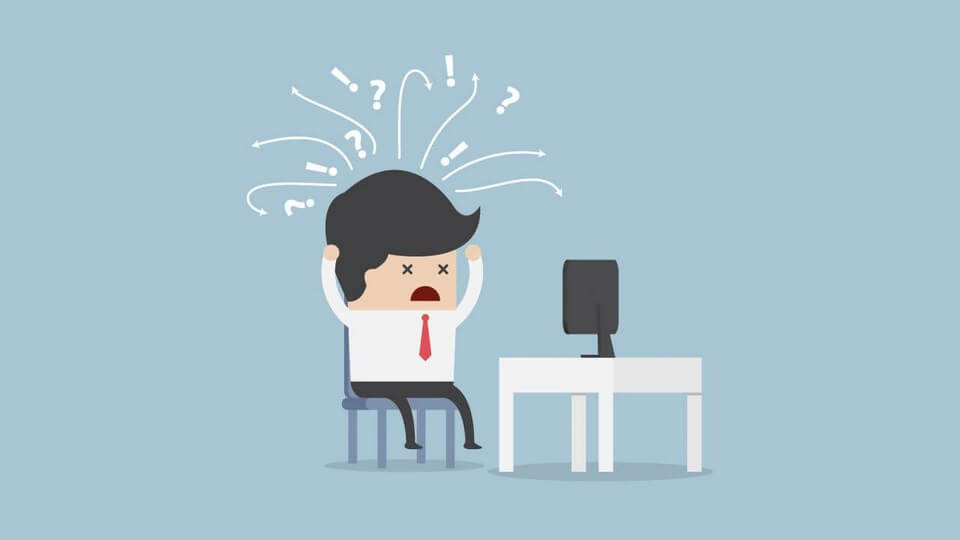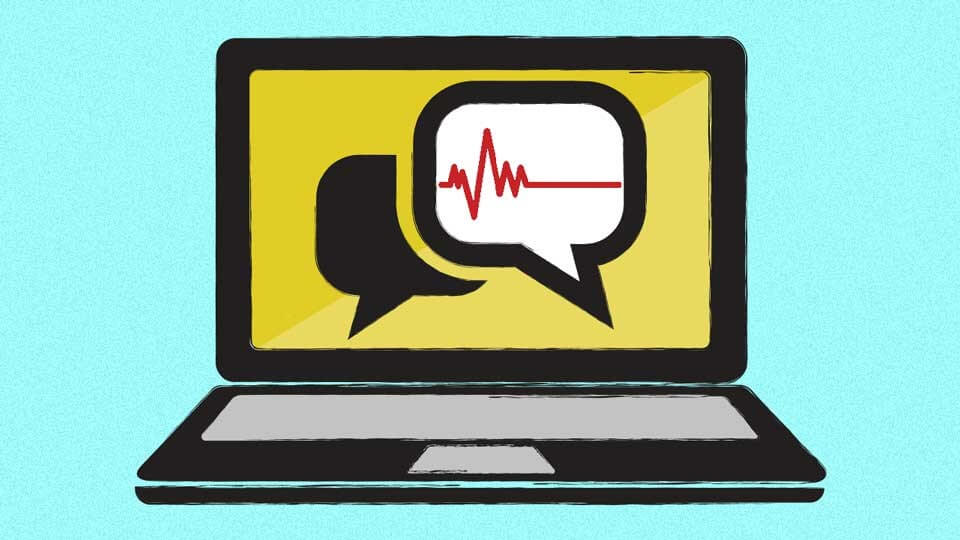Imagine King Solomon gawking at an iPad. We’ve come a long way from papyrus scrolls, cuneiform tablets, scribes, printing presses, telegrams, and even being solely dependent on handwritten letters delivered by the Pony Express. Technological advancements and globalization have definitely changed how our society (and most of the world) engages information. We are constantly inundated with massive amounts of information; we rarely encounter any data solely by itself. TV shows have ads for other TV shows in the bottom corners of screens. News channels will report on one issue, while several other headlines cruise by underneath. No single web page is complete without multiple scrollbars, links, and the bombardment of the occasional pop-up; we automatically know that no matter where we travel on the Web, we will be greeted with an onslaught of images, colors, and words.
I recently asked my nine-year-old daughter if she thought playing video games helped kids with reading. She looked up from her world in Minecraft and said, “No!” If you ask an adult the same question, you will likely receive the same response along with many reasons why video games might be considered harmful to children. Some of those reasons might include violence or inappropriate content; sedentary lifestyles that result in obesity; lack of social skills development; little use of imagination; or a waste of time. While those are valid concerns, researchers and educators are discovering the positive impact video games have in the classroom.
I have discovered that all students taking online courses aren’t necessarily techie ! We know that the majority of online learners are classified as non-traditional learners who are older and have normally been out of school for a number of years. Many of them will have just purchased a computer and acquired access to the Internet just to enroll.
When is a résumé necessary? What’s important to list? What is a résumé?
You were asked to submit a résumé for a career position, and you realize you haven’t updated yours in years, or maybe you haven’t even written one before. Where do you begin? There are a lot of questions: how long should it be?, how much information should I include?, do I list my personal information?, and more.
I recently joined the Twitterverse. I resisted at first because I wasn’t into following celebrity tweets or re-reading what my friends had already posted on Facebook. I also did not want another social media account to follow However, after a conversation with a fellow educator , I was convinced I needed to create a Twitter handle to connect professionally with other educators.
I’ve taught criminal justice, at the college level for many years now. I was recently asked to teach some of the same criminal justice concepts I normally teach at the college level to a younger group of learners. One topic I was required to instruct was “The Criminal Justice System.” I had a two-hour time block for the instruction.
The value of discussions and other interactive strategies in online instruction is to get the student active in exploration, discovery, and deep learning which leads to critical thinking. Learning that enables critical thinking is a collaborative process in which content is generally constructed or discovered rather than transmitted.








